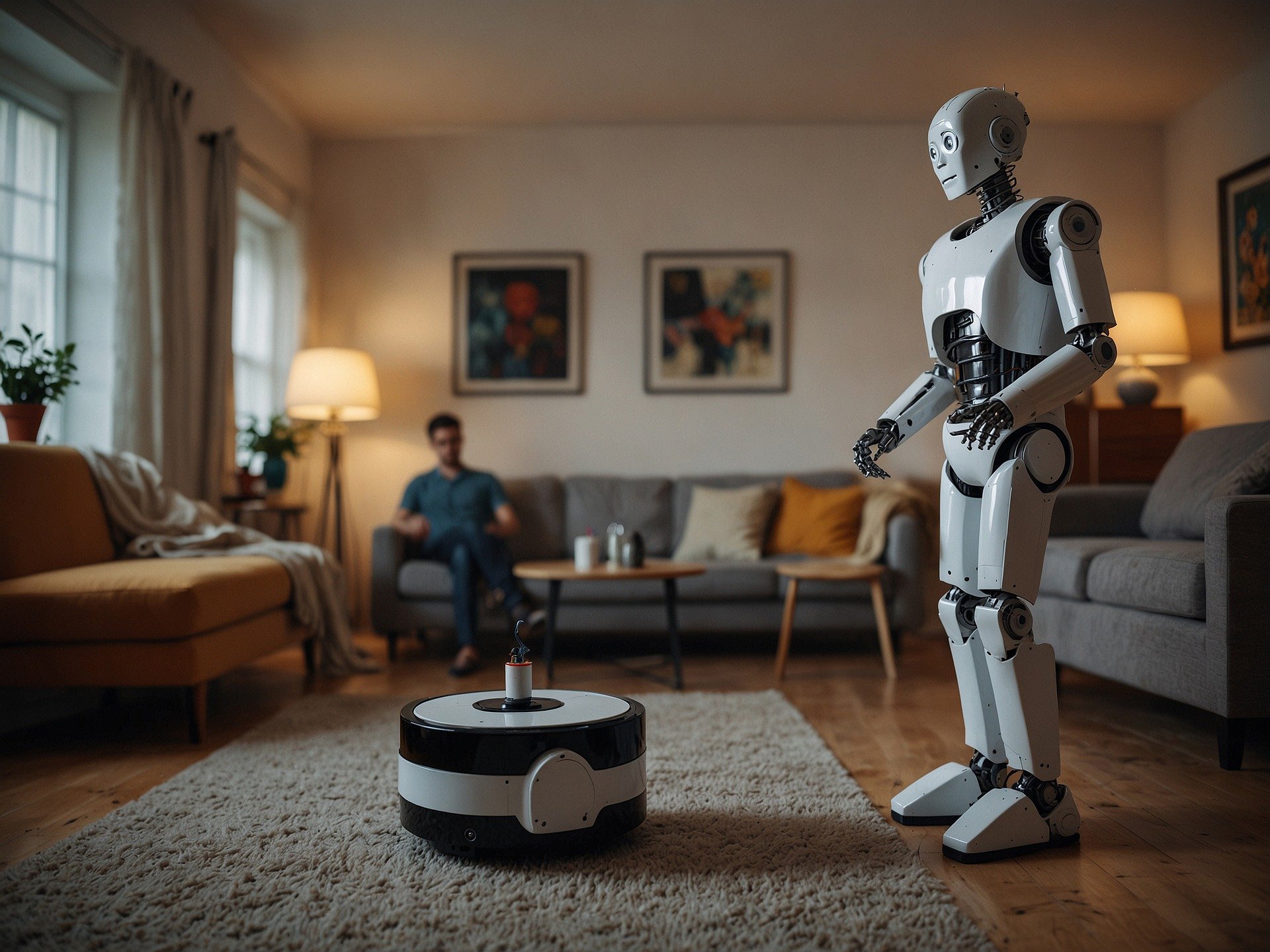How Smart Curtains Work and Improve Everyday Life
Smart curtains are window coverings that can open and close automatically. They use simple controls and timers to move smoothly throughout the day. This article explains the different types of smart curtains, how they operate, and practical ways people use them at home to make daily routines easier.

Understanding Smart Curtain Automation Systems
Smart curtain automation systems consist of several key components working together to create seamless operation. The foundation of these systems is a motorized track or rod that houses a small electric motor. This motor connects to your curtains and drives their movement when activated. The control mechanisms vary from manufacturer to manufacturer, but typically include a hub or bridge device that connects to your home’s WiFi network, enabling remote operation through smartphone apps, voice commands, or integration with broader smart home systems. Some advanced models incorporate sensors that can detect environmental conditions like sunlight intensity, time of day, or room temperature, allowing the curtains to respond automatically to changing conditions without manual input.
Benefits of Motorized Curtain Systems for Daily Living
Motorized curtain systems offer numerous practical advantages that can significantly enhance your daily routine. For individuals with mobility challenges or physical limitations, these systems eliminate the need to reach for cords or manually pull heavy drapes. Parents with young children benefit from the elimination of potentially hazardous curtain cords, improving home safety. The convenience factor extends to everyone—imagine adjusting your curtains from the comfort of your bed or couch, or having them automatically close at sunset for privacy. Many systems can be scheduled to follow your daily patterns, such as opening gently in the morning to help you wake naturally with sunlight, or closing automatically when you leave for work.
Energy Efficiency Through Smart Window Treatments
Smart window treatments contribute significantly to home energy efficiency. During winter months, automated curtains can be programmed to open during daylight hours to capitalize on natural solar heating and close at sunset to provide insulation against cold windows. In summer, the opposite approach helps maintain cooler indoor temperatures by blocking intense sunlight during peak heat hours. Some advanced systems integrate with temperature sensors or smart thermostats to work in tandem with your HVAC system, potentially reducing energy consumption by 10-15% according to some estimates. This intelligent management of natural light not only reduces energy bills but also minimizes your environmental footprint without requiring constant manual adjustments.
Installation and Integration of Automated Curtain Technology
Installing automated curtain technology has become increasingly accessible for homeowners. Many systems offer retrofit options that can motorize existing curtains and blinds without requiring complete replacement. The installation process typically involves mounting the motor and track system, connecting to power (either hardwired or rechargeable batteries), and setting up the control hub. While some complex installations might require professional assistance, many modern systems are designed with DIY installation in mind. Integration capabilities vary widely across products, but most contemporary options support connection with popular smart home ecosystems like Amazon Alexa, Google Home, Apple HomeKit, or Samsung SmartThings, allowing your curtains to work in concert with other smart devices through scenes and routines.
Privacy and Security Features in Smart Home Window Solutions
Smart window solutions provide enhanced privacy and security benefits beyond traditional curtains. The ability to remotely close curtains while away from home creates the appearance of occupancy, deterring potential intruders. Some systems incorporate vacation mode programming that varies opening and closing times slightly each day, creating a more convincing simulation of human presence. Advanced integration with home security systems can trigger curtain closure when security alarms activate or when motion is detected outside windows. Additionally, automated privacy settings can be customized for different times of day, ensuring curtains automatically close during evening hours when interior lighting would otherwise make your home’s interior visible from outside.
Smart Curtain Products and Pricing Comparison
The market offers various smart curtain solutions at different price points and with diverse feature sets to meet various needs and budgets.
| Product | Provider | Key Features | Cost Estimation |
|---|---|---|---|
| SwitchBot Curtain | SwitchBot | Retrofit solution, solar panel option, no hub required for basic functions | $85-110 per motor |
| Smart Curtains Motor | Zemismart | Works with zigbee systems, timer function, compatible with multiple track types | $90-130 per set |
| PowerView Automation | Hunter Douglas | Premium integration, precise positioning, extensive fabric options | $300-600+ per window |
| Soma Smart Shades 2 | Soma | Solar-powered option, retrofit for existing blinds, quiet operation | $150-200 per controller |
| Lutron Serena | Lutron | High-end integration, battery-powered, precise light control | $350-800+ per window |
Prices, rates, or cost estimates mentioned in this article are based on the latest available information but may change over time. Independent research is advised before making financial decisions.
The Future of Smart Curtain Technology
Smart curtain technology continues to evolve with promising new features on the horizon. Manufacturers are developing more energy-efficient motors with longer battery life and improved solar charging capabilities. Fabric innovation is also progressing, with some companies experimenting with materials that can dynamically adjust their opacity or insulation properties in response to environmental conditions. Advanced AI integration will likely enhance the predictive capabilities of these systems, allowing them to learn and anticipate household patterns rather than simply following programmed schedules. As component costs decrease and consumer awareness increases, smart curtains are positioned to become a standard feature in modern homes rather than a luxury addition.
Smart curtains represent a practical intersection of convenience, efficiency, and technology that genuinely enhances everyday living. By automating this fundamental aspect of home management, homeowners can enjoy improved comfort, energy savings, and enhanced security without sacrificing style or aesthetics. As the technology becomes more accessible and integration capabilities expand, smart window treatments will increasingly become essential components in the connected home ecosystem rather than optional upgrades.




